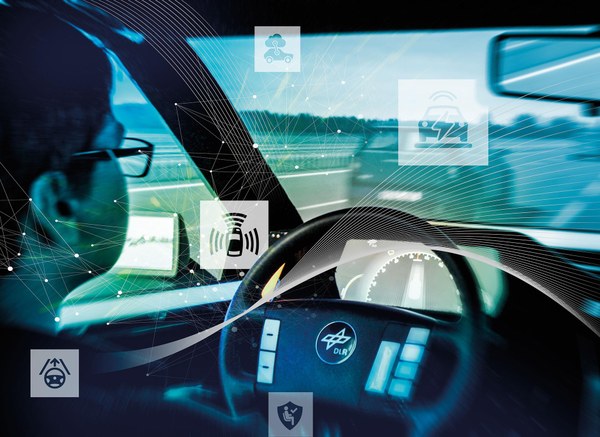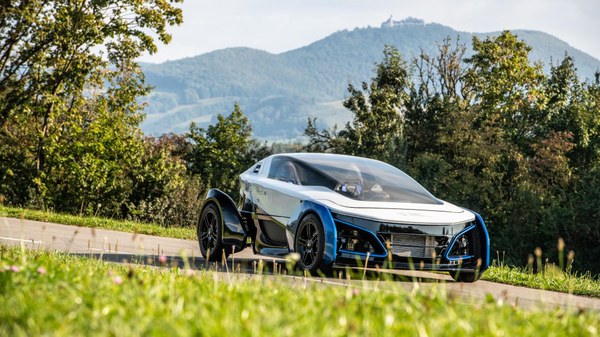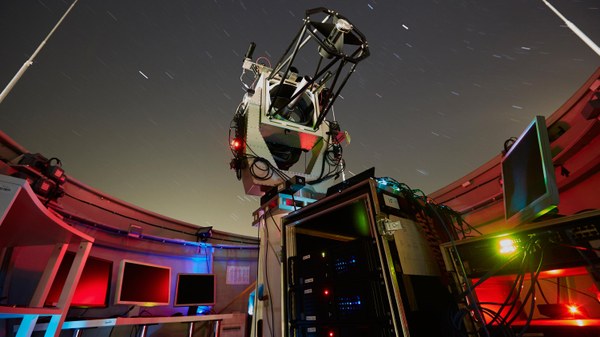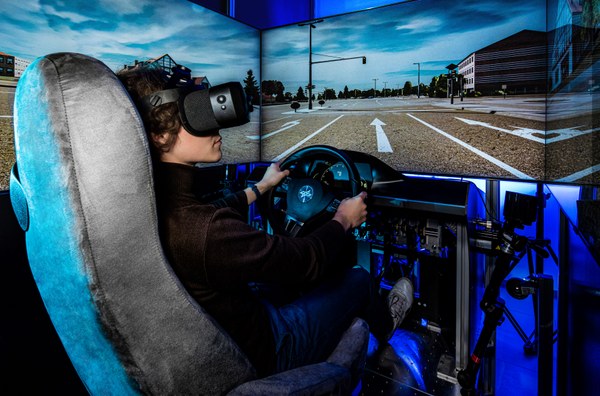V&V4NGC

Duration: January 2022 to December 2025
New methods and tool chains are important for the model-based development, validation and verification of vehicle systems, driving functions and embedded control and safety designs. These advancements are essential for the deployment and reliable operation of future highly and fully automated road vehicles. Key inquiries revolve around determining the appropriate behaviour of automated vehicles across diverse traffic scenarios, including those yet to be encountered and ensuring alignment between the driving function's actual performance in the field and its predefined target behaviour.
The project Methods, processes and tool chains for validation and verification of the Next Generation Car (V&V4NGC) addresses the aspect of 'procedures and guidelines for safe testing of automated and networked driving functions'. The project focuses on simulation- and scenario-based testing methods and follows the hypothesis that future approval and authorisation procedures for highly automated driving functions will rely on simulation-based tests as a fundamental part of the safety verification in a consecutive process over the entire life cycle of a vehicle. For this purpose, information from the Lower Saxony test field will be used to ensure continuous improvement of automation functions (for example with the help of updates). The establishment of such a field data-supported continuous procedure also enables the future use of learning algorithms and other AI-based processes. Utilising digital twins created through this process, the aim is to establish virtual certification as an ongoing concept throughout the lifespan of a vehicle.
In the V&V4NGC project, the initial iteration of the Next Generation Car (NGC) simulation infrastructure was completed. This simulation environment is designed for ongoing design iterations, as well as continuous verification and validation, ultimately leading to virtual certification of automated driving functions and fully automated road vehicles. The term 'ongoing' specifically denotes support throughout the entirety of the product or vehicle life cycle. The framework encompasses the following features:
- Creation of validated simulation environments with the help of pre-processed geodata.
- Integration of new vehicle models including their driving dynamics characteristics on the basis of digital models.
- Scenario-based risk assessment and simulation of automated driving functions.
- Simulation-based evaluation of human-machine interaction, in particular when considering the interaction between automation and unprotected road users (VRUs), as well as the user interfaces in the vehicle (HMI) and outside of the vehicle (eHMI).
- Procedure for online verification of the driving function and monitoring of the ODD during operation (currently only considered during simulation).
- Hardware-in-the-loop (HiL) setup for the integration of control units for the execution of driving functions, safety monitors and procedures for their safe updating (online update) during operation on the basis of a prototypical DevOps flow (currently only considered during simulations in the test stand).
- Support for the design, training and validation of AI-based vehicle dynamics control algorithms using physical modelling standards and standardised interfaces for embedded systems in the simulator and in the real system.
- Specification of complex real-time properties across control units and their monitoring during operation (currently only considered during simulation).
These different aspects of the verification and validation of highly automated driving functions will be established within the project across different tool chains and examined and evaluated through individual experiments simulating a virtual journey through the city of Braunschweig.
The V&V4NGC project – Methods, processes and tool chains for validation and verification of the Next Generation Car
- Project type: Basic funding
- Funding body: DLR Transport Programme Directorate
- Duration: January 2022 to December 2024
- Project budget: 34 million euros
- Lead institute: DLR Institute of Systems Engineering for Future Mobility













